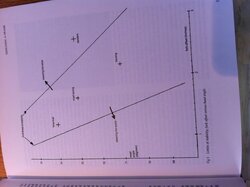winjim
Straddle the line, discord and rhyme
Say I have a frame, how can I go about working out what would be a suitable fork to go with it? I'm not so much thinking about steerer diameters and such, but more about the geometry, so rake and axle to crown height. Are there any basic principles that can be put into practice? Can I reverse engineer the frameset design, and what are the consequences should I use a fork with different dimensions than those intended by the frame designer?
Let's assume for the sake of discussion, a road bike frame designed for 700c wheels.
Let's assume for the sake of discussion, a road bike frame designed for 700c wheels.


